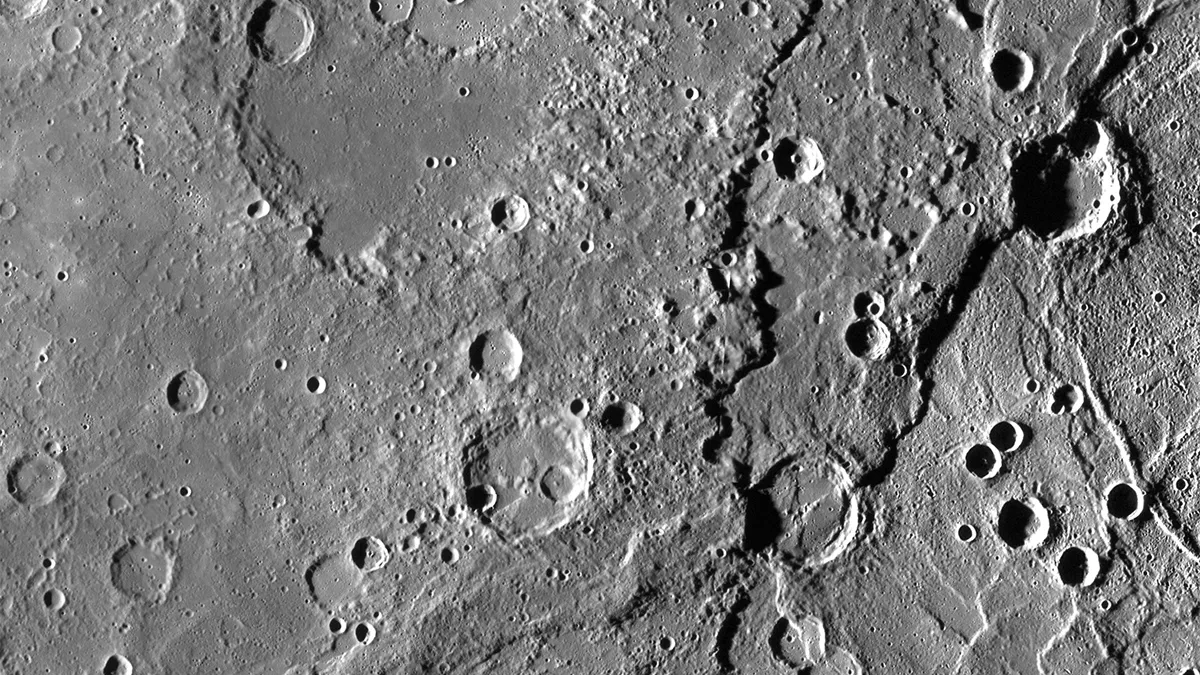
What do many baked goods and the planet Mercury have in common? They both shrink as they cool. This intriguing parallel highlights a significant geological phenomenon on Mercury that has persisted since the planet's formation approximately 4.5 billion years ago. As Mercury has steadily lost heat over eons, it has continuously contracted, leading to fascinating geological changes.
Much like a fresh-baked cookie or a cheesecake, Mercury's surface is not only shrinking but also cracking as it cools. This contraction has resulted in the formation of thrust faults that slice through the planet's rocky exterior. These faults accommodate the ongoing shrinkage, providing a unique opportunity for scientists to study Mercury's geological evolution. By examining how these faults uplift various parts of Mercury’s surface, researchers can begin to estimate the extent of the planet's contraction since its formation.
Previous estimates regarding Mercury's shrinkage have varied significantly, with predictions suggesting a radius contraction ranging from approximately 1 to 7 kilometers. This wide discrepancy has raised questions among scientists about the methods used to arrive at these figures. Traditionally, estimates relied on analysis of the length and vertical relief of uplifted landforms, which produced inconsistent shrinkage estimates based on the number of faults included in the dataset.
To address these inconsistencies, researchers Loveless and Klimczak employed an alternative approach to measure the shrinkage caused by cooling-induced faulting on Mercury. Their innovative method does not depend on the number of faults present; instead, it focuses on measuring how much the largest fault accommodates shrinkage. By scaling this effect, they can provide a more accurate estimate of total shrinkage.
The researchers utilized their new methodology to analyze three distinct fault datasets: one comprising 5,934 faults, another with 653 faults, and a third containing just 100 faults. Remarkably, regardless of the dataset used, their method consistently estimated a shrinkage between 2 to 3.5 kilometers. When combining these findings with previous estimates of additional shrinkage potentially caused by other cooling-induced processes, the researchers concluded that Mercury's radius may have decreased by an overall total of 2.7 to 5.6 kilometers since its formation.
The new estimates derived from this research could significantly enhance our understanding of the long-term thermal history of Mercury. Furthermore, the authors suggest that this innovative methodology may be applicable to the study of tectonics on other planetary bodies, such as Mars, which also exhibit faulting. This research represents a crucial step forward in the field of planetary geology and our grasp of planetary evolution.
This groundbreaking paper was published in AGU Advances, contributing valuable insights into the geological dynamics of Mercury and providing a framework for further exploration of tectonic processes beyond our planet.